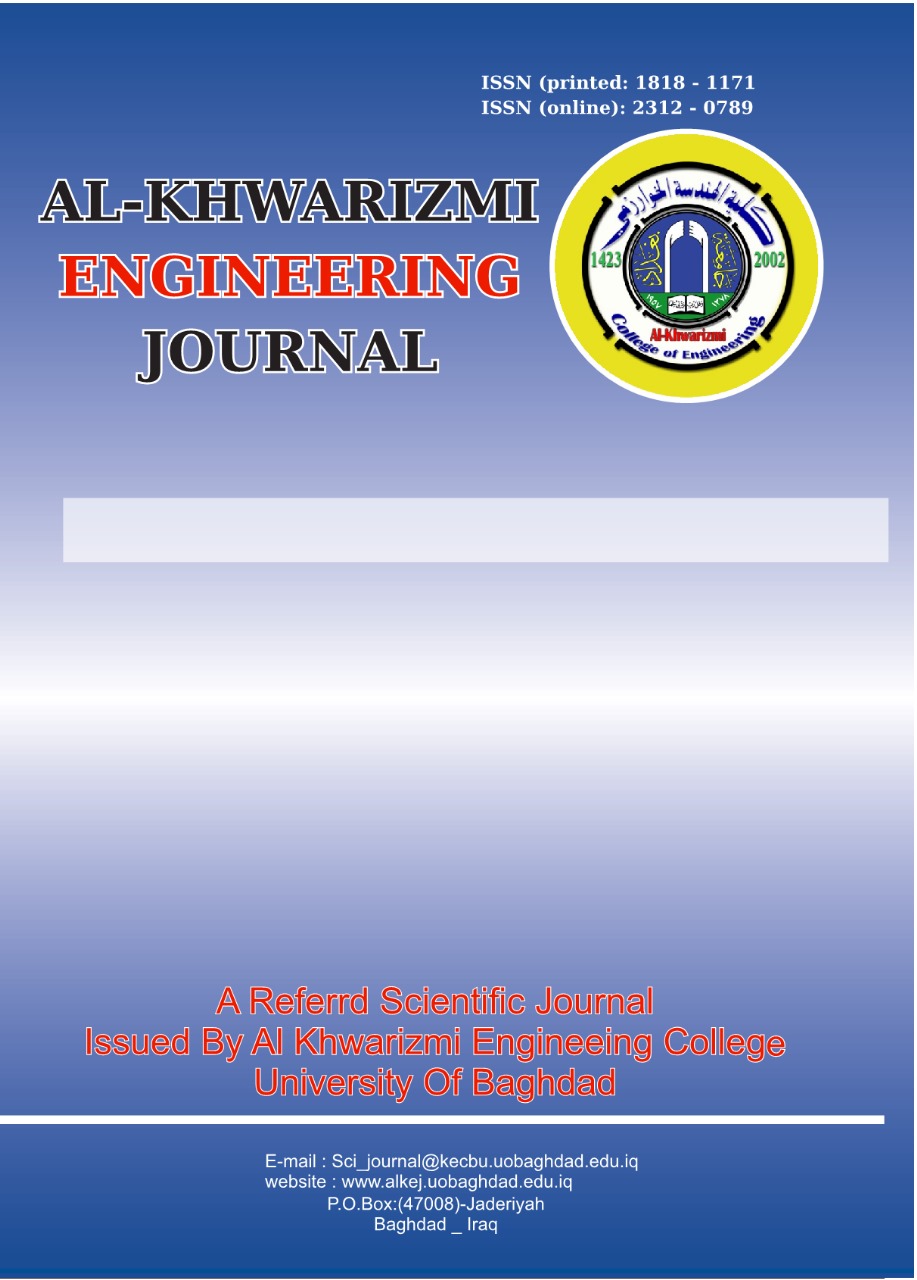Abstract
In this research, a study is introduced on the effect of several environmental factors on the performance of an already constructed quality inspection system, which was designed using a transfer learning approach based on convolutional neural networks. The system comprised two sets of layers, transferred layers set from an already trained model (DenseNet121) and a custom classification layers set. It was designed to discriminate between damaged and undamaged helical gears according to the configuration of the gear regardless to its dimensions, and the model showed good performance discriminating between the two products at ideal conditions of high-resolution images. So, this study aimed at testing the system performance at poor settings of lighting, background, distance and camera resolution. Experimental results implied that the system was able to show high accuracies above 90% at very bad settings and around 99% at good settings, which assures that an inspection system with good performance can be built at low costs.
Keywords
Convolutional Neural Networks
DenseNet121
Environmental Factors and Transfer Learning.
Abstract
في هذا البحث، تم تقديم دراسة حول تأثير عدة عوامل بيئية على أداء نظام فحص الجودة الذي تم إنشاؤه مسبقا، والذي تم تصميمه باستخدام نهج التعلم بالنقل القائم على الشبكات العصبية التلافيفية. يتألف النظام من مجموعتين من الطبقات، مجموعة طبقات منقولة من نموذج مدرب مسبقا (DenseNet121) ومجموعة طبقات تصنيف خاصه. تم تصميمه للتمييز بين التروس الحلزونية التالفة وغير التالفة، وأظهر النموذج أداءً جيداً يميز بين المنتجين في ظروف مثالية لصور عالية الدقة.
ان الهدف الرئيسي من هذه الدراسة هو اختبار أداء نظام الفحص في الظروف السيئة من الأضاءة والخلفية والمسافة ودقة الكاميرا. أظهرت النتائج التجريبية بأن النظام كان قادرًا على إظهار دقة عالية أعلى من 90٪ في إعدادات سيئة للغاية وحوالي 99٪ في إعدادات جيدة، مما يضمن إمكانية إنشاء نظام فحص بأداء رائع بتكاليف منخفضة.
ان الهدف الرئيسي من هذه الدراسة هو اختبار أداء نظام الفحص في الظروف السيئة من الأضاءة والخلفية والمسافة ودقة الكاميرا. أظهرت النتائج التجريبية بأن النظام كان قادرًا على إظهار دقة عالية أعلى من 90٪ في إعدادات سيئة للغاية وحوالي 99٪ في إعدادات جيدة، مما يضمن إمكانية إنشاء نظام فحص بأداء رائع بتكاليف منخفضة.
